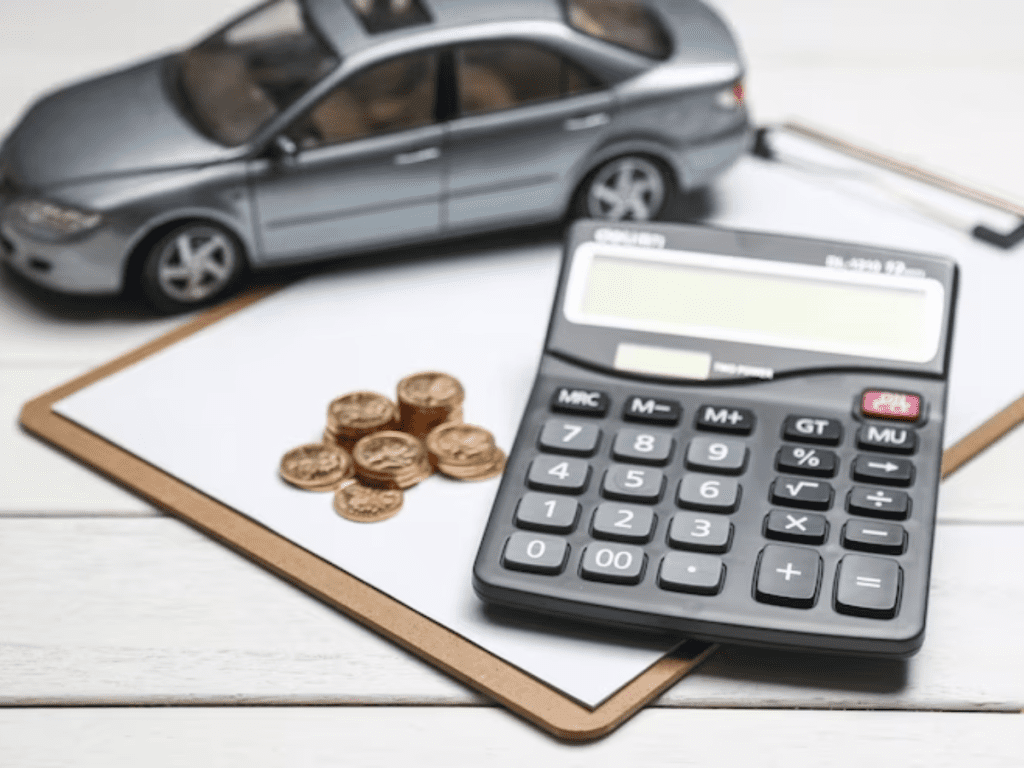Introduction
When the loan value of a car is more than the current value of the vehicle it is called negative equity or being upside-down on a car loan It implies that the owner of the car owes the lender more than they would get if they were to sell or trade in the vehicle This is a typical condition that most people fall into especially when buying new cars with little or no down payment or extending the loan period over a long time Negative equity can prove to be a hassle especially if the owner wishes to dispose of the car upgrade to a new vehicle or if the car gets damaged or totaled before the loan can be repaid Identifying this condition early and looking at the options available can help reduce financial harm and set the borrower back on solid financial ground
Reasons That Contribute to Negative Equity on a Vehicle
There are a number of major reasons that can make a car loan exceed the value of the vehicle The most obvious is depreciation which happens quickly after a new car is bought Most cars lose twenty to thirty percent of their value in the first year and as much as sixty percent in five years If a buyer has made little or no down payment they may owe more than the car’s market value immediately Another reason is taking a long-term loan While making payments over six or seven years may lower monthly payments it also means slower equity accumulation and more interest payments The interest component of the early monthly payments hardly nibbles at the loan principal so it takes much longer to keep pace with the car’s falling value Purchasing a car that is overpriced because of dealer markups or emotional buying can also be a factor High-interest rates also speed the problem along particularly for subprime borrowers who pay much more in total finance charges Overall Adding extra products like extended warranties or gap insurance to the loan amount can also make the loan larger compared to the car’s value Finally carrying old car loan debt over into a new loan without paying it off adds to the amount borrowed and lays the groundwork for immediate negative equity
How to Calculate the Amount of Your Negative Equity
Prior to making a determination of the course of action, it is imperative to determine the actual level of negative equity This can be established by determining the current market value of the car and comparing that to the balance remaining on the loan Begin with acquiring the latest loan statement in order to identify the precise amount still owed for the vehicle Then calculate the value of the car today using valid car valuation tools such as Kelley Blue Book Edmunds or NADA Guides These tools give solid estimates based upon variables such as make model year mileage condition and location Subtract the current market value from the remaining loan balance The difference will indicate the amount of negative equity The owner, for example, might have a fifteen thousand dollar value car but owe eighteen thousand dollars on the vehicle, meaning he has three thousand dollars in negative equity Having this amount assists with the consideration of whether to keep the vehicle, refinance, sell, or trade in the car
Continue Making Payments to Reach Equity
For most vehicle owners the most sensible solution is to keep making monthly payments until the loan balance is less than the vehicle’s value This method is steady but efficient and best suits those not in immediate necessity to replace their vehicles It permits borrowers to forego assuming new debt or negotiating losses that might be involved in selling a car with negative equity As payments are made monthly to reduce the principal balance and the depreciation of the vehicle diminishes over time equity can ultimately be realized Being current on payments also maintains credit scores and prevents further fees or charges that may be incurred by delayed payments
Pay Additional Amounts to Speed Up Equity
If finances permit consider making extra payments on the loan principal Doing this will decrease the balance more quickly and reduce the overall interest paid throughout the loan’s life Even small extra contributions every month can have a major impact over the long term Before continuing check with the lender that extra payments will be used directly to the principal and not to future interest or monthly payments Some lenders will need special instructions to ensure the extra money is applied correctly Paying off the loan faster reduces the length of negative equity and brings about financial freedom sooner
Refinance the Automobile Loan to Negotiate Better Conditions
Refinancing is a tactical action that can potentially lower monthly payments reduce interest rates or shorten the term of the loan Refinancing is the process of replacing the original car loan with a new one preferably on better terms If creditworthiness has increased or interest rates in the market have decreased since the initial loan was acquired refinancing can be quite advantageous Even if negative equity is present refinancing into a better loan can make the payments more affordable and lower the overall cost over the life of the loan Not all lenders offer refinancing for upside-down loans but some do based on credit rating income stability and the extent of the negative equity Shopping around and comparing several offers raises the likelihood of securing a refinancing package that works best for you
Selling the Car and Paying the Difference
If retaining the car is no longer feasible selling it and paying the loan deficit out of pocket may be the most straightforward answer This entails finding a private individual or dealer who will buy the vehicle and then using that money to pay off part of the loan The residual will then have to be paid by the borrower For instance if the car is sold for fourteen thousand dollars and the existing loan is seventeen thousand dollars the borrower must pay off the three thousand dollar difference This answer demands having money on hand to pay off the remaining balance but it does end the responsibility of the old loan and permits the borrower to move forward without folding the debt into a new vehicle
Car Trading In and Rolling Over Bad Equity
Most dealerships permit car owners to trade in their existing vehicle and use the leftover negative equity on a new loan While this might seem tempting it must be done with caution Old debt rolled into a new loan adds to the new loan size and tends to create ongoing negative equity particularly if the new vehicle depreciates rapidly This approach can be appropriate in situations of financial distress or when a more dependable vehicle is needed urgently But it is important to make sure that the new loan has good terms and that the borrower has a strategy for paying off the balance effectively in order to prevent debt compounding
Paying Off the Shortfall with a Personal Loan
One of the personal loan options can help pay off the difference between the sale price of the car and the outstanding balance of the car loan This comes in handy when the interest on the personal loan is lower compared to the car loan or features more lenient repayment terms Given that personal loans are often unsecured they need no collateral but can have more expensive interest charges depending on creditworthiness It is a measure that can help roll the debt into a singular payment and shy away from danger of missing car loan payments It is however a requirement to contrast all charges rates of interest as well as repayment terms prior to employing this process to correct adverse equity
Investigating Voluntary Repossession as a Last Resort
Voluntary repossession or voluntary surrender is when the borrower brings back the vehicle to the lender as a result of being unable to continue payments As seemingly good solution to rid themselves of the weight of debt it has severe credit and financial consequences The lender sells the vehicle generally at auction price lower than its market value and the borrower will still be left with the unpaid balance referred to as the deficiency Besides the repossession will get reported on the borrower’s credit history for as much as seven years making him or her qualify less for possible loans apartments and even employment In general this move should only be attempted as the very last solution after all available options have failed and it will be advisable also to seek guidance from a counselor or attorney first before undertaking the voluntary surrender
Steps to Prevent Future Negative Equity Situations
To avoid ending up with negative equity in future car buys some preventive measures can be taken First try to put down a significant sum of money as a down payment ideally twenty percent or more This keeps initial loan value low and leaves some buffer against immediate depreciation Second opt for shorter loan lengths whenever possible A shorter loan involves higher monthly payments but faster equity building and lower paid interest in the long run Thirdly avoid financing unnecessary items like extended warranties or accessories through the loan which serve only to add debt without adding resale worth Fourth avoid trading vehicles having outstanding loan balances unless absolutely necessary to avoid rolling negative equity into new loans Finally conduct thorough research on the vehicle’s depreciation rate resale value and dependability prior to purchase Buying cars that hold their value well will serve to maintain equity over the life of the loan

